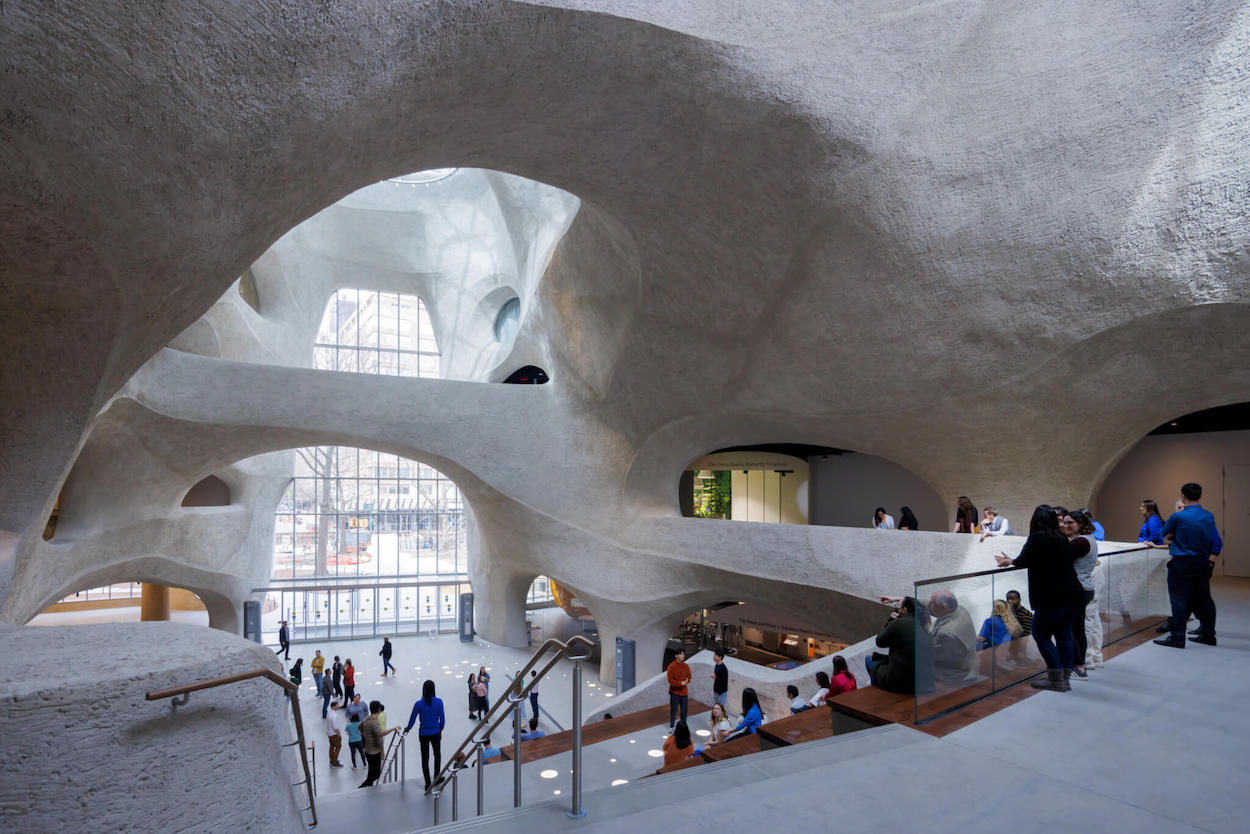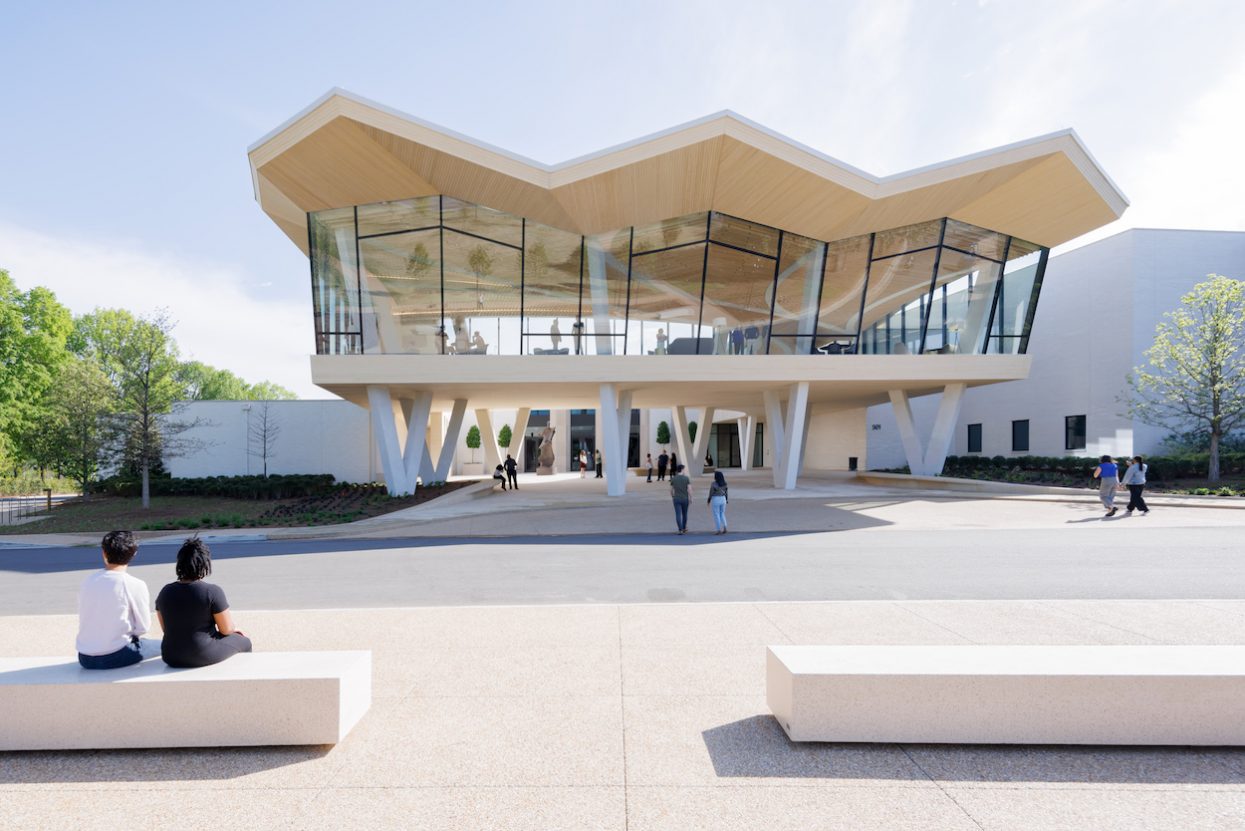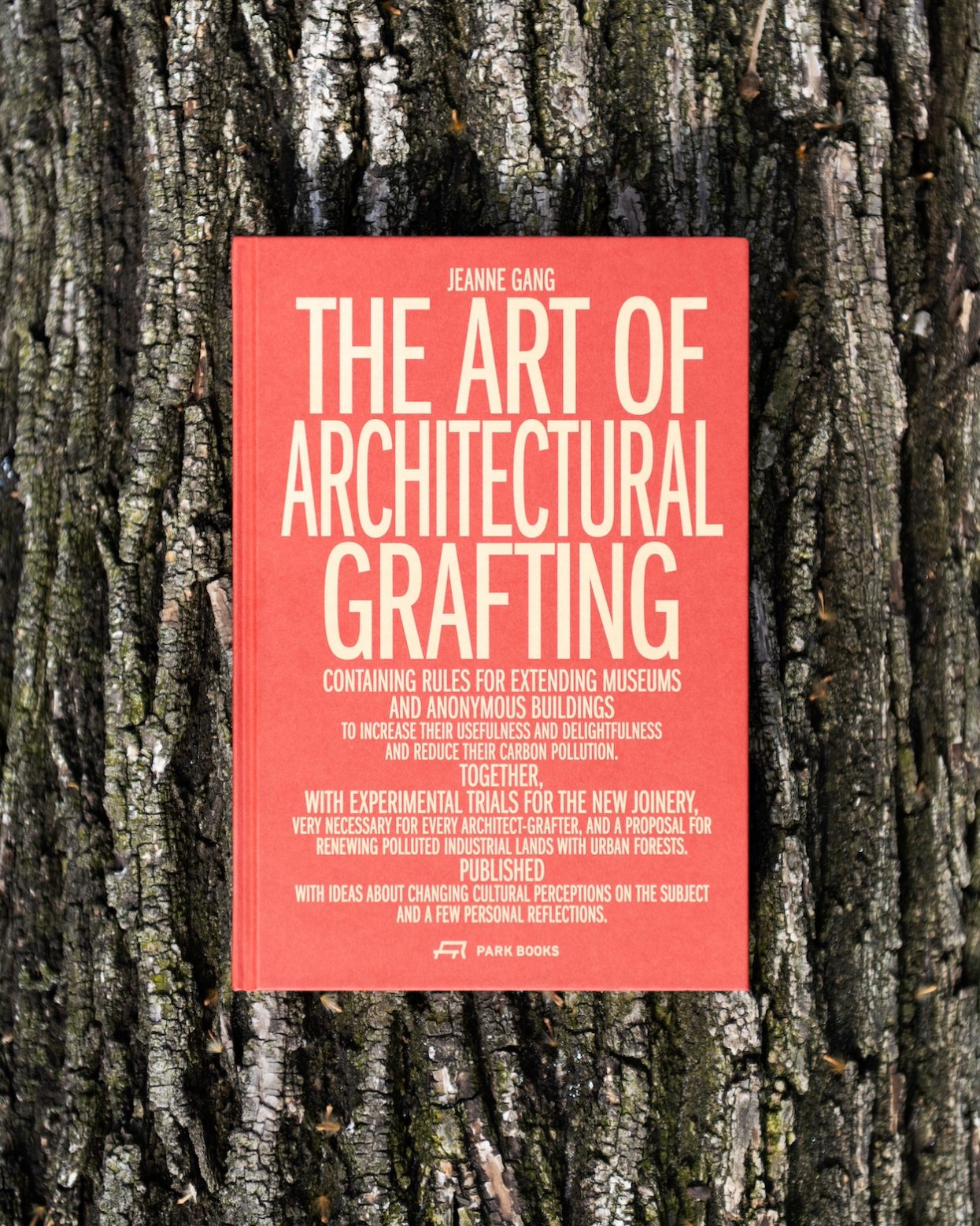In her new book, The Art of Architectural Grafting, Jeanne Gang argues that architects must do more than pay lip service when it comes to sustainable design. Instead of flashy, surface-level interventions like adorning building exteriors with green walls, the acclaimed architect and Surface cover star urges her peers to implement more impactful carbon-reducing strategies such as forgoing the demolition of buildings and increasing existing buildings’ intensity of use. To demonstrate, she brings readers into her garden.
“Grafting” is a horticultural practice that involves connecting two separate plants—one old, one new—so they grow and function as one, producing a thriving plant with more useful and desirable qualities. In her book, Gang points to these principles as an example for architecture to follow, using some of her firm’s recent projects as a template. For instance, instead of tearing down the Arkansas Museum of Fine Arts’ scattershot, inward-facing buildings, the firm devised a harmonious structure that united the campus and bestowed Little Rock with a cultural landmark. In New York, the long-awaited expansion of the American Museum of Natural History drastically improved poor circulation and wayfinding with a dramatic, cave-like atrium that swoops and bends through five levels of vertical space.



